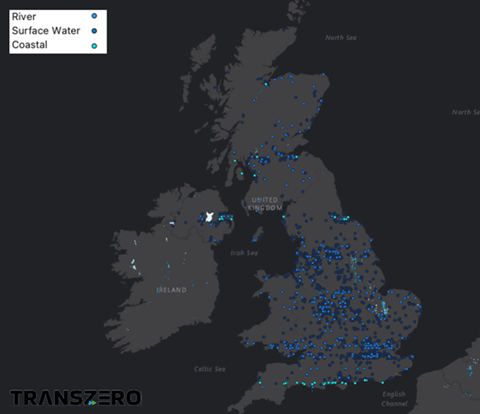
One in five UK supermarkets are at risk of damage from floods, a new study by climate risk modelling firm TransZero has revealed.
TransZero analysed around 18,800 of the largest stores and found around 3,200 were located within the one-in-100-year flood map, which identifies a 1% chance of a flood occurring in any given year.
The study focused on supermarket exposure to eight different weather risks predicted to change in a warming climate. While nearly all risks are predicted to increase, 95% of expected damage each year is estimated to stem from wind and floods.
TransZero and data partner JBA Risk Management found that while flash floods posed the most common risk to supermarkets, the predicted depths of flooding were relatively low. River and coastal flooding was less frequent but the damage more severe.
Without flood defences, surface water floods could impact 1,967 supermarkets with an average flood depth of 36cm. As many as 460 supermarkets could be affected by coastal floods, with waters rising by 2.4 metres, and 858 from burst rivers, which would cause flood levels of 95cm.
Extra-tropical cyclones, such as Storm Amy, which hit the UK this weekend with speeds of up to 96mph, remain a seasonal hazard. The research indicated supermarkets in the northern and western regions faced the highest wind speeds, though climate models are less conclusive on how storm risks will evolve in the future.
As climate change increases, the frequency and severity of flood events, property damage is set to increase.
TransZero modelled the future climate impacts for the various scenarios developed by the Intergovernmental Panel on Climate Change.
Under SSP2-4.5, known as the ‘middle of the road’ scenario, CO2 emissions reduce after 2050 with an aim to limit global temperatures to 2.5ºC-2.7ºC. Losses in this scenario could rise by 34% and cause property damage of £46m a year. The figure would be much higher with disruption to supply chain and lost sales factored in.
Under the worst-case scenario (SSP5-8.5), where CO2 emissions continue to rise and global temperatures increase by 3ºC-5.1ºC by the end of the century, property losses from extreme weather could hit £68m.
If supermarkets invest in a range of climate adaptation measures along with effective regional flood defence schemes, TransZero estimates they could reduce future projected losses by 23%
“Large UK retailers will already be aware that UK wind and flood already dominate their annual losses,” said TransZero director Dr Iain Willis.
“The study highlights that risks such as flash flooding are set to become much more prominent in their future losses if they don’t continue to invest in adequate climate change adaptation and protective measures.
‘New normal’
“The last couple of decades have increasingly demonstrated extreme weather events made worse by climate change,” Willis added. “We need to recognise that this ‘new normal’ is already elevating the risk for many. Therefore, we’d encourage UK supermarkets to put robust risk management plans in place that factor in the future sustainability of their physical assets.
“Of the many perils that impact UK retailers, it’s clear that flood risk is currently the material concern for many – and do bear in mind, it only takes a single extreme weather event to expose that lack of resilience.
“It’s also important that they employ a range of intervention measures throughout the risk management cycle to manage these impacts. Starting from preparedness and physical resilience measures through to their event response plans and post event recovery, both in operational and financial terms.”
JBA Risk Management MD David Wood said: “This research highlights just how exposed the UK’s grocery sector is to flooding, with almost one in five supermarkets already facing some level of risk today.
“As climate change accelerates, the frequency and severity of these events is set to rise, putting more stores, supply chains and communities at risk.
“The analysis shows how hazard modelling underpinned by trusted scientific methodologies can offer insight into the potential challenges ahead and support retailers in building long-term resilience.”




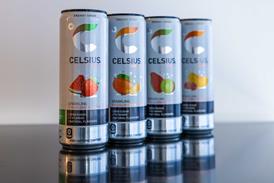


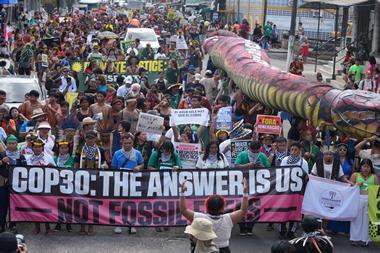


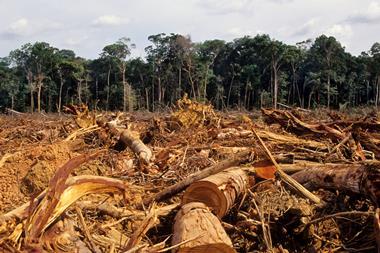
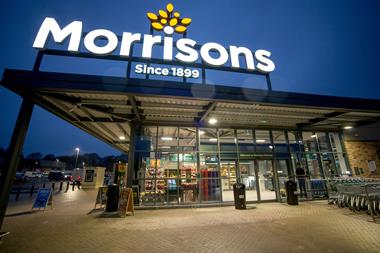







No comments yet